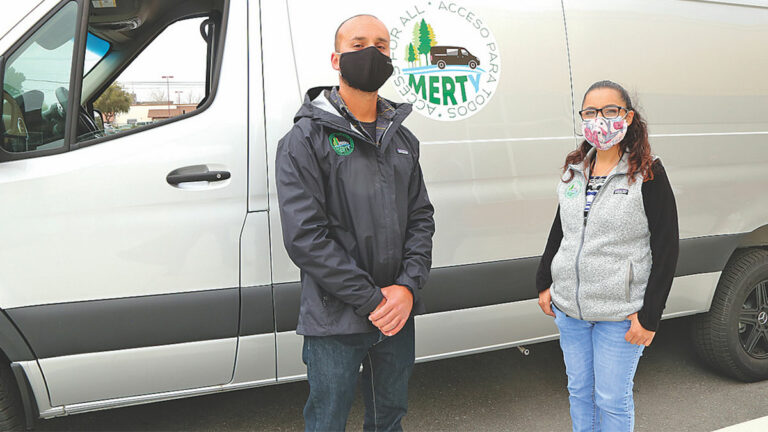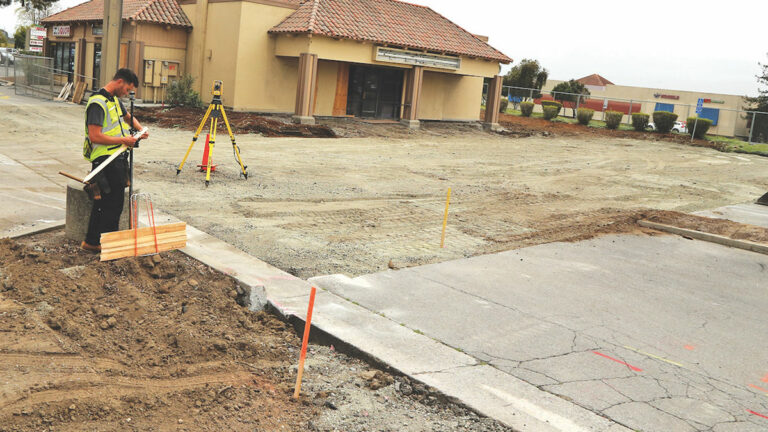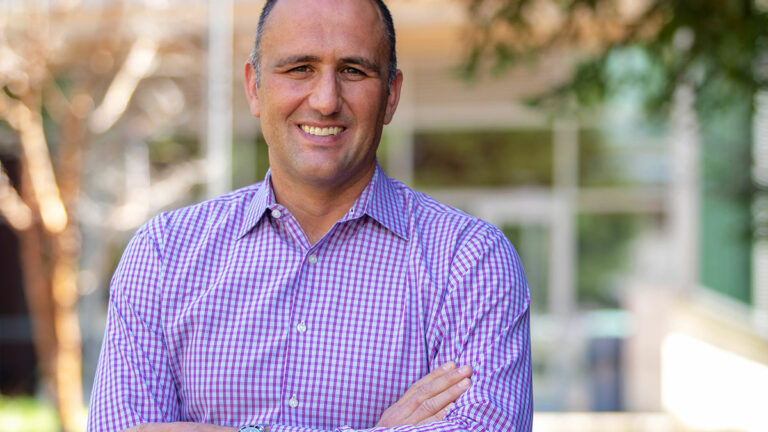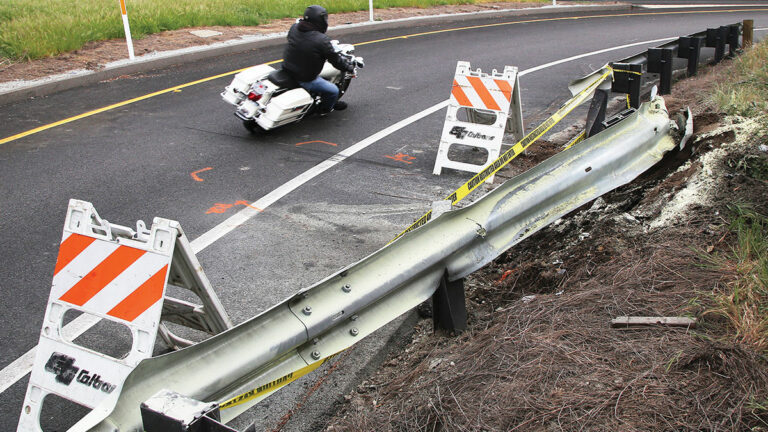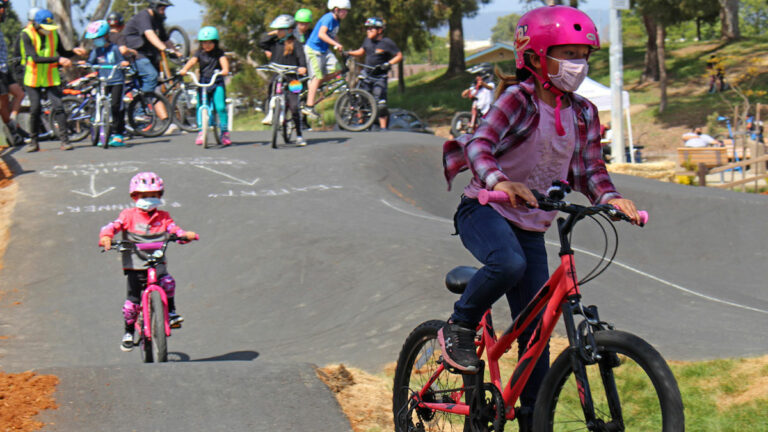Young people in South County suffering from mental health crises now have the option of a response that does not have to involve hospitalization.
The South County Mobile Emergency Response Team for Youth (MERTY) was created to provide community and field-based crisis intervention services to people aged 21 and younger.
Based in a large, well-equipped van and staffed with two bilingual mental health workers, the program stands ready to meet young people where they are, possibly saving them a trip to the hospital or clinic and often allowing them to stay with their caregivers.
“We really provide that middle ground where you don’t have to go to a hospital and we’ll connect you to the clinic,” said Cassandra Eslami, South County Services and Community engagement director.
The program serves young people suffering from a wide range of mental health crises, including anxiety about school and suicidal thoughts. Such services are increasingly needed as communities nationwide reel from Covid-19 restrictions and closures, Eslami said.
The team is seeing children as young as kindergarten age experiencing anxiety about returning to school, she said.
The van has responded to roughly 20 calls since the program began on Dec. 1.
“Right now we’re seeing a lot of youth who need this service who are experiencing symptoms of depression or anxiety related to returning to a school setting, or just in general where they are having problematic social interaction or feeling suicidal and really needing that support,” Eslami said.
The team has an additional challenge in South County, where the largely Latinx community typically is hesitant to reach out for help in a mental health crisis, opting instead to keep such matters private, says Mental Health Client Specialist Oscar Rocha.
“We want to bring down those barriers,” he said. “We want our community to know that we are here to help them out and that everything is going to be confidential. We definitely want the South County Hispanic Latino community to seek resources if their loved ones are going through crisis.”
Family Partner Janet Garcia, who is staffing the van with Rocha, says the team recently helped a suicidal client make a safety plan, which included providing information and resources to the child’s family.
Those services, she said, allowed the young person to return home.
“We’re making sure the person has a safety plan in place,” Garcia said. “We’ve been able to keep children from going to the hospital.”
The van—and the workers who will staff it, was funded by a grant from the California Health Facilities Financing Authority. A second grant of $578,973 will allow for the addition of a second MERTY mobile unit in North County, Eslami said.
For more information, visit santacruzhealth.org/MERTY. To request MERTY services, call 800-952-2335 Monday-Friday between 8am-5pm.


